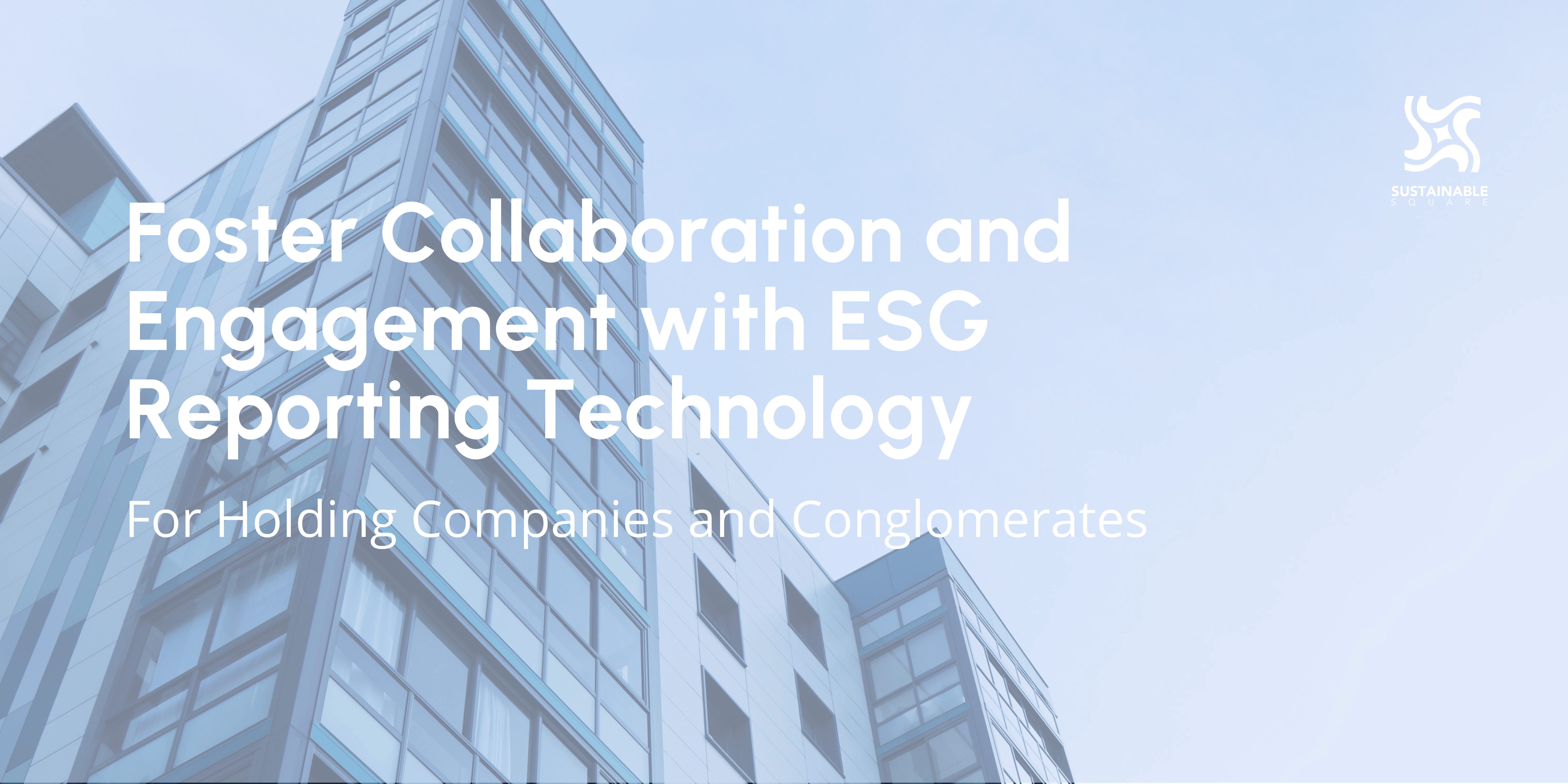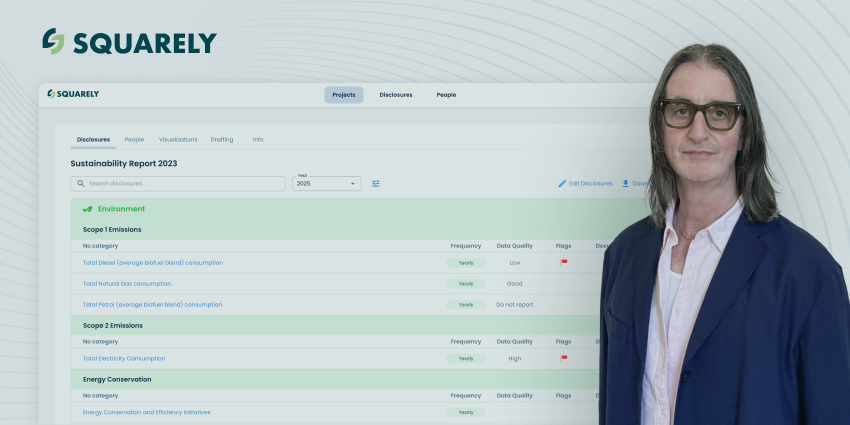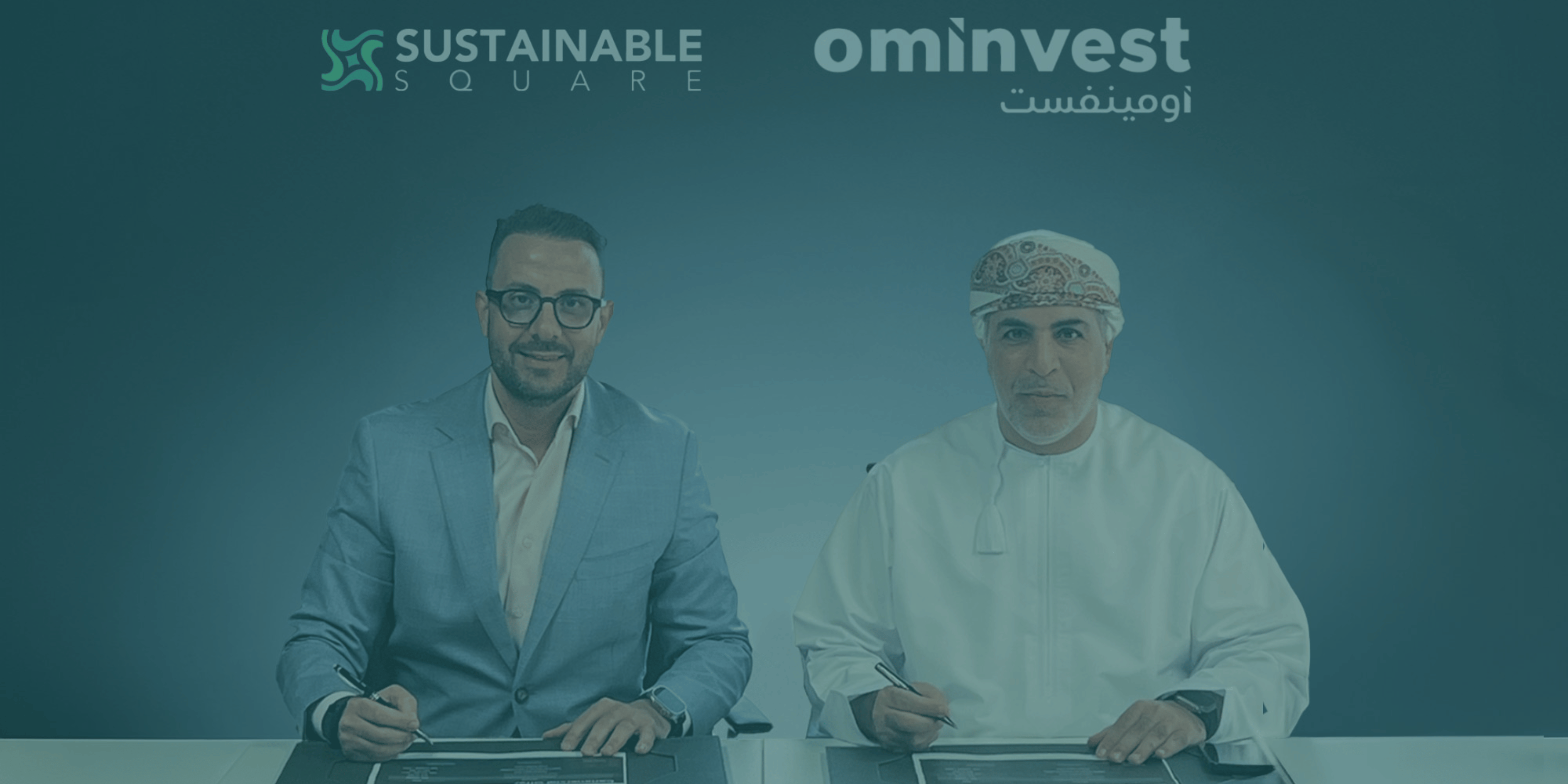How Holding Companies and Conglomerates Can Foster Collaboration and Engagement with ESG Reporting Technology
Collaboration is a cornerstone of business success. This is not only the case for general business operations but also for corporate sustainability. Collaboration leverages the collective strengths of individuals and teams to drive innovation, efficiency, and, most importantly, change.
What are the benefits of collaboration in the context of sustainability:
- Pooling of resources: Collaboration enables employees to combine their expertise, knowledge, and skills, facilitating the sharing of insights and learnings. This is especially important for organisations without a dedicated sustainability function, where sustainability efforts are often managed by various departments as an additional responsibility. By pooling expertise, companies can optimise both time and resources, ensuring they deliver effective sustainability initiatives.
- Enhanced innovation: Collaborative efforts unite diverse perspectives, expertise and skill sets from various backgrounds. This diversity of viewpoints often sparks the creation of innovative, “out of the box” ideas and solutions. These solutions are essential for addressing the urgent climate crisis and achieving national and international goals for a prosperous and sustainable future.
- Sense of ownership: Involving employees in collaborative projects, rather than relying solely on a top-down approach, creates a sense of ownership and responsibility, boosting their engagement and motivation. Since corporate sustainability is a relatively new concept for many, engaging employees and explaining the “Why” behind the projects will further enhance their commitment and involvement
What are the Challenges in Collaborating for Sustainability Outcomes?
It has become clear that organisations must track ESG data points systematically to achieve their sustainability targets and ambitions. Additionally, different internal stakeholders need access to specific ESG data points to share with various external stakeholders. Some examples include:
- Investor Relations (IR) teams need access to ESG rating and performance data, for example, data reported under requirements by the Carbon Disclosure Project (CDP), to communicate to potential investors.
- Product teams need information on sustainable product certifications of their products to communicate these certifications to marketing and sales teams to highlight the sustainability aspects of products to consumers.
- Holding companies need access to the data of subsidiaries to assess their performance.
Despite the necessary collaborative effort, organisations still encounter challenges in harnessing the advantages of collaboration through ESG technology integration. Some common challenges include:
- ERP/CRMs/HRMs systems aren’t automatically built with sustainability data points. Aligning these systems does involve having:
- Strong knowledge of sustainability disclosures material to the organisations
- Understand internal and external stakeholder needs.
- Constantly keeping up to date with the latest regulations, frameworks and certifications.
- Additional costs of building sustainability data points into the system.
After addressing the challenges of WHAT to report, we encounter challenges in HOW to report. Since this data is collected from multiple stakeholders across the organisation and is demanded by various internal and external stakeholders, many organisations prefer using Microsoft Excel for its simplicity and flexibility. However, this approach has significant drawbacks:
- Error-prone: The rate and frequency at which data is demanded make it difficult to audit, trace, and verify, increasing the risk of mistakes.
- Time-consuming: Preparing these Excel sheets is often labour-intensive for the individuals responsible.
- Security risks: Excel sheets are not inherently secure, posing a risk of data leaks.
- Lack of backup: There is no backup system to protect against data loss; if the data is lost, it is irretrievable.
Coordinating all this data in a timely manner requires a massive effort. For larger organisations, such as conglomerates, holding companies, or those with operations worldwide, this adds another layer of complexity to an already intricate process.
Therefore, ESG Technology is Particularly Important for Holding Companies and Conglomerates.
Holding companies and conglomerates in the MENA region often hold an extensive and diverse portfolio that can span across various sectors and geographies. As examples, consider two of the largest holding companies in the region:
- International Holding Company (IHC), based in the UAE has a market capitalisation of approx. USD 243 billion and their portfolio of 400+ companies. Source: https://www.ihcuae.com/investor-relation/es/listed-entities.php
- Alpha Dhabi Holding is an investment holding company with USD 33.27 billion market capitalisation and over 300 subsidiaries in the construction, hospitality, and healthcare sectors. Source: https://alphadhabi.com/ir-share-information/
Given the vast portfolios of these holdings, they cannot drive change and implement sustainability practices on their own. For effective integration of sustainability practices, holding companies need to adopt a collaborative approach that ensures that efforts from all levels and subsidiaries of the organisation are considered, fostering a practical and effective implementation of sustainability initiatives. Additionally, they need an easy-to-use ESG technology system that reduces the burden of data collection and management, streamlining the entire process for better efficiency and accuracy of sustainability data.
How can SQUARELY help solve these challenges?
Linking Companies and Projects: With our ESG reporting software, SQUARELY, organisations can manage a main project and its sub-projects, allowing users from the main project to view data from sub-projects. This feature is particularly beneficial for larger organisations that require data collection across multiple entities and need to structure the data collection processes for entities with different ESG data points (for example as they operate in different industries).
Multiple User Licenses: Within SQUARELY, there is a roles and permissions system that allows organisations to:
- Assign users to the correct data points.
- Designate data validators to review specific data points.
- Provide stakeholders with instant access only to the data they need. This setup ensures traceability, accuracy, and accountability.
Framework Mapping: Every ESG data point on SQUARELY is mapped to the relevant framework, standard, or index. This ensures comprehensive compliance while meeting both internal and external stakeholder needs. Organisations required to report to frameworks like UNGCC and TCFD only need to fill out the data once, eliminating the need for separate Excel sheets.
Comprehensive List of Disclosures: SQUARELY features a growing list of 400 disclosures. Every time a new client is onboarded, more disclosures are added. SQUARELY’s dynamic disclosure addition, supported by AI, allows clients to easily create new disclosures, write AI prompts, collect and format data, and integrate it into data visualisation tools for graphical representation.
This capability enables Sustainable Square to provide personalised data points based on client requirements.
Collaborative Data Gathering Tool: The data gathering section facilitates user collaboration and streamlines data collection in one area. Key tools include:
- Data blocks that allow multiple users to collaborate on data points
- Notes sections within each disclosure for users to leave comments
- Document uploads to attach all relevant documents directly to the ESG data point
- A history section to monitor all activities within a disclosure
- Disclosure review and approval features to finalize the data entered
To learn more about how our ESG AI-powered reporting software, SQUARELY, can help your organisation achieve genuine and impactful corporate sustainability, reach out to us at info@sustainablesquare.com.




